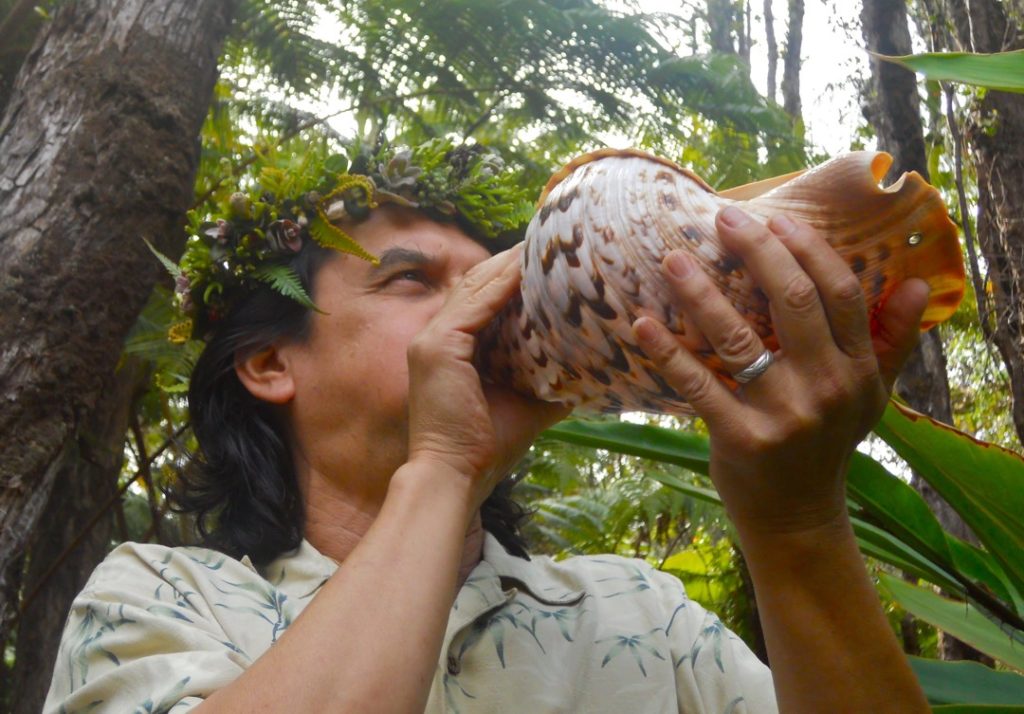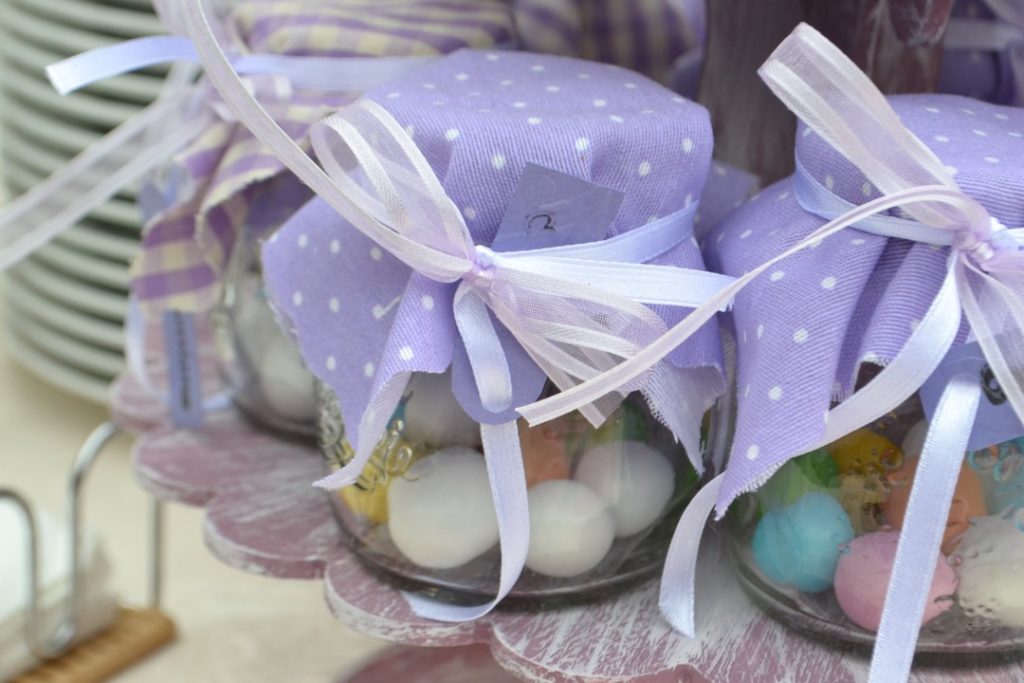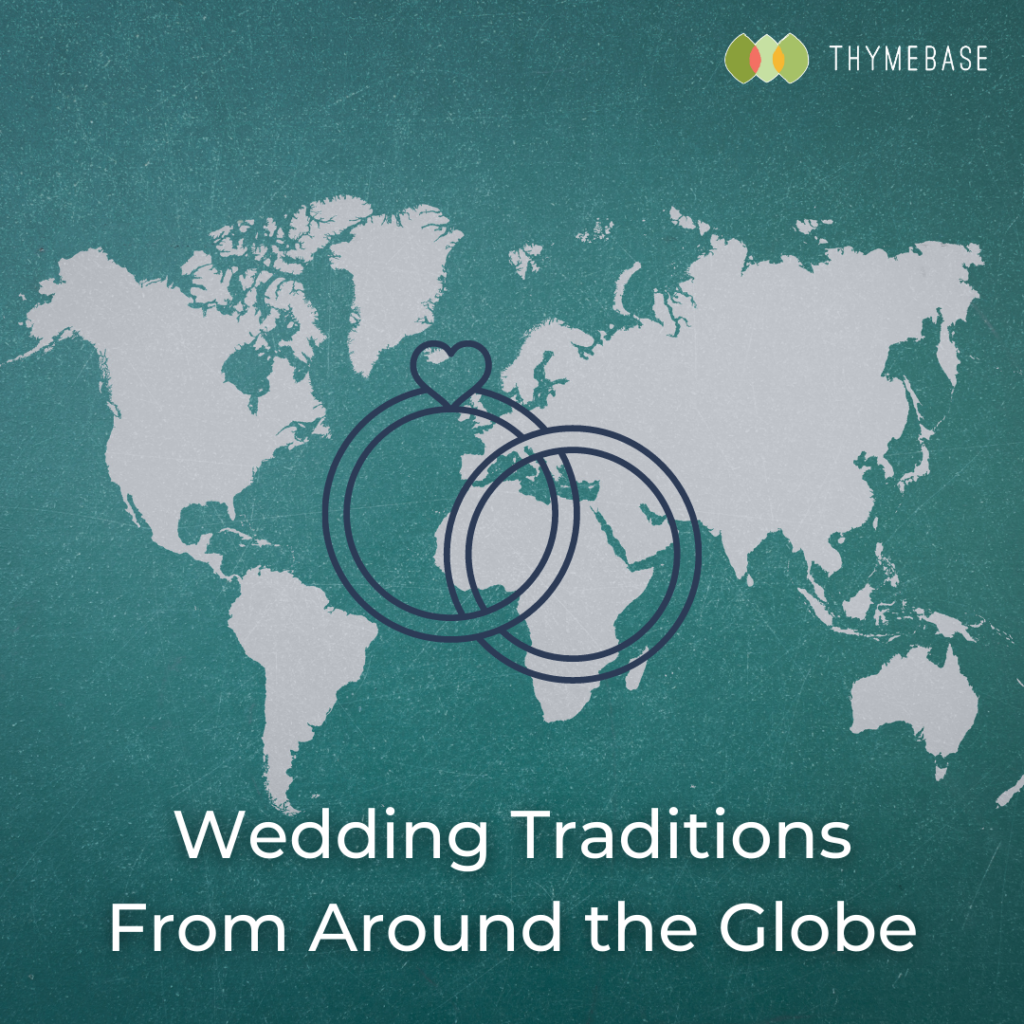The joys of marriage and a life as a couple is reflected in wedding traditions across all cultures and continents.
With travel restrictions still in place for much of the world due to the pandemic, the closest most of us are getting to an international vacation is watching travel shows on Netflix or nostalgically clicking through Instagram posts from simpler times.
I thoroughly enjoy reading about and watching programs that showcase cultures that I know very little about. That’s one reason I’m super excited to dive into Netflix’s The Big Day, which showcases six couples from India as they prepare for their weddings. And while India is definitely a country that comes to mind when I imagine beautiful, colorful, and glamorous weddings, there are so many other cultures and countries with meaningful, unique wedding traditions. I thought I would show you just a glimpse of ten of them. Inspiration for wedding planners and brides can come from anywhere. Hearing about these traditions might inspire others to look more into their own backgrounds to unearth some wonderful customs.
In no particular order, here are ten beautiful wedding traditions from across the world. Enjoy dreaming of these whether or not you have a wedding to plan.
Related: Event Planning Across Cultures And Traditions
The Maui Wedding Tradition of Blowing the Pu
Who hasn’t dreamt of a wedding in Hawaii? From its gorgeous beaches to its tropical forests, from active volcanoes to top-of-the-line spas, Hawaii beckons people to its islands almost irresistibly. And while many people have tied the knot in Hawaii, it’s the traditions of the native islanders that really capture the spirit of the islands.
One particularly interesting tradition is the blowing of the Pu, which announces weddings and other special events. A pu is a large conch shell with an opening on one side, and when it’s blown, it makes a breathtaking hollow sound that can be heard from miles away. This clarion call is used to begin a traditional Maui wedding and symbolically announce that the bride and groom are not just starting their wedding ceremony but their entire lives together.

In contemporary ceremonies, the conch is blown to announce the arrival of the bride. The blower walks in front of her and blows the conch into the four directions of the Earth in Hawaiian native beliefs: East towards Haleakala, the largest dormant volcano and house of the rising sun, north towards the Maui Mountains, west towards the ocean where life begins and ends and south towards the bride and groom to bring good luck and love into their lives.
Just thinking about this beautiful tradition and imagining witnessing the blowing of the Pu is enough to give me goosebumps! I hope one day I’ll be able to be a guest at a traditional Hawaiin wedding.
Predicting a Happy Future in Korea
While Korean weddings are beautiful and unique in and of themselves, from the traditional clothing to special gifts given, a really unique ceremony I read about is the pyebaek. After the wedding, the newlyweds will pay a visit to the groom’s family home. Here the bride gives out chestnuts and dates to her new in-laws. They will then toss the fruits and nuts back at her while trying to catch them in her hanbok, a vibrantly-colored, traditional two-piece outfit with a wrapped front top and a long, high-waisted skirt.
The nuts and dates she collects are said to symbolize her future children. While modern Korean brides might not necessarily want to start planning their families right away, traditions like this are lovely ways to solidify bonds with in-laws and have fun at the same time.
Singing together at the Sangeet
Before the colorful, musical pomp and circumstance of a traditional Indian wedding, a gathering called a Sangeet (or garba) takes place. The bride and groom’s families meet together for an evening of song, dance, and merrymaking. Sangeet literally translates to “sung together,” so it’s no surprise that music is an integral part of the event, from folk songs each family sings to welcome the other to lavish performances and competition. DJs perform after the traditional songs and performances, and everyone enjoys the party.
Traditionally, the Sangeet would last a whole 10 days. In modern times it has been reduced in time (but not in fun) to one day only. It takes place two or three days prior to the wedding and before the Mehndi ceremony. The Mehndi ceremony is when the bride receives her henna – a beautiful tradition in and of its own accord, not just in Indian culture. It’s also found in Middle Eastern, Turkish, and other cultures.
Henna night in Turkey
What a perfect segway to talk about the importance of henna in Turkish culture. As I said before, henna is a big part of many desert cultures. Still, for the purposes of this article, I thought I’d tell you about the Turkish experience.
In a small, intimate celebration performed a week or two before the wedding, the bride-to-be dons a beautiful red gown and celebrates with her closest female friends and family members. Later that night, she’ll change into a bindalli. This intricate dress symbolizes the relationship between the bride and her mother.
After this, the groom and his friends will arrive and prepare themselves for the festivities. Even later, the bride and groom will process into the party to a slow traditional song while the single young women in attendance walk in front of them bearing candles. The couple then walks in a circle three times and sits down while a group elder begins to place henna on the bride and grooms’ palms once their in-laws have presented them with gold coins. From the bride’s bonding with the important women in her life to the after-party, Henna nights sound both magical and meaningful.
The Rite of the Seven Steps in Native American Ceremonies
The Indigenous peoples of North America are in the middle of reclaiming their beautiful heritage and meaningful traditions that were at times forcibly removed from their communities (the residential schools of Canada are a dark stain on my country’s history that people still feel the effects of to this day). People from all tribes and Indigenous backgrounds are taking back their traditions in their wedding ceremonies.
The Rite of the Seven Steps is a wedding ceremony that many different Indigenous nations all over North America practiced. The bride and groom take seven steps, and for each step, they say a vow to each other while moving clockwise around a sacred fire. They can write their vows on their own or take them from sacred tradition. Whatever they choose, the Rite of the Seven Steps is more than a nod to the past. It’s a promise to walk into the future together, side by side, hand in hand, and stand proud in the culture of their ancestors.
Las Arras Matrimoniales (Wedding Coins) of Mexico
Mexico is one of the most culturally diverse nations on earth, and a quick peek at its history explains why. With Spanish and indigenous Maya, Nahuas, Zapotec, and other tribes, it’s no surprise that Mexican weddings – often steeped in Roman Catholic tradition – are multifaceted and meaningful.
A symbol of trust, dating back to the Roman conquest of Iberia before making its way to Latin America through colonial Spain, is Mexico’s wedding coin tradition. This involves a set of 13 gold coins. The coins are presented to the bride as a symbol of the groom’s trust. For Catholic couples, it’s a symbol of Jesus and his 12 apostles. Priests incorporate the coins, placed in a beautifully decorated gold box or tray, into the ceremony by blessing it. In handing over the coins to his bride, the groom shows her and everyone else that he trusts her. And that going forward, everything will be shared between them. It’s hard to think of a more practical and, at the same time, poetic foundation for a marriage ceremony.
Waltzing by candlelight in Hungary
When I think of Hungarian weddings, I think of beautiful wedding gowns with colorful embroidery done by hand, representing good wishes for the couple, lively folk songs, and mouth-watering Hungarian cuisine like chicken soup and stuffed cabbage. What I didn’t know about before researching this article was the romantic tradition of the candlelit waltz.
In a traditional Hungarian wedding, the last dance of the night sees guests form a circle around the newlyweds, each holding aloft a brightly burning candle. The couple dances a waltz and blows out each candle until they’re left holding only their own. Then they blow out their own candles and leave to change out of their wedding attire – another Hungarian tradition that symbolizes leaving their old lives behind and starting a new life together as husband and wife.
The candlelight waltz ceremony is a dearly loved community tradition that has survived through the ages as of both sentimental and symbolic value. I can only imagine how magical and romantic it would be for the couple to waltz across the floor by the light of so many warm, flickering flames.
Tasting the Four Elements in Yoruba Tradition
The Yoruba people of Western Africa, who live mainly in Nigeria, Benin, and Togo, are also represented by two large groups of diaspora – the trafficked peoples who were part of the dark, inhumane chapter of history that saw slave trade through the Atlantic to the western hemisphere and recent migrants settled in both the United Kingdom and the United States.
The Yoruba culture has its own set of traditional religious beliefs and spiritual practices. Still, many Yoruba today practice Sunni Islam and Christianity along with other religions. One of the most meaningful of Yoruba wedding traditions harkens back to ancient beliefs that represent the bitter and sweet elements of marriage and the ups and downs of life itself.
In the ceremony, the bride and groom sample four flavors representing different emotions that arise in marriage and life. Sour is represented by lemon, bitter by vinegar, hot by cayenne, and sweet by honey. Tasting the flavors together demonstrates their pledge to stand by each other through good times and bad. What an impactful and meaningful way to start married life!
The Ancient Origin of “Tying the Knot”
Ireland offers a bounty of gifts for couples planning a traditional wedding, from lively traditional music to beautiful, world-famous Irish lacework. But the most famous Celtic wedding tradition isn’t just celebrated on the Emerald Isle by people who proudly boast their Irish heritage. It’s come to be known as a symbol the world over for starting a new life together and was even incorporated into the wedding ceremony of Prince William and Kate Middleton.
In ancient times, weddings would often coincide with Irish harvest and religious festivals. Love knots would be exchanged at these festivals by courting couples, mirroring the tradition of handfasting. The bride and groom face each other, and their hands are tied together by a braided cord or ribbon.
Going as far back as 7,000 BC, the tradition was originally performed by a Druid priest to represent betrothal, but many brides and grooms have adopted the meaningful ceremony into their wedding day itself. My own brother and sister-in-law included. In a nod to the Celtic part of our heritage, they exchanged their vows, were handfasted, and then jumped the broom – a nod to their Neo-pagan belief system.
Sweet beginnings in Greece
Rounding out our list of wedding traditions the world over is the Greek custom of handing out candy-coated almonds, called Jordan almonds or Bombonieria. The distribution of these delectable wedding favors hearkens back to Eastern Orthodox traditions. And like in the Tasting of the Four Elements in Yoruba culture, the combination of salty and sweet represents life’s ups and downs with the enduring hope that there will be many more sweet times than bitter for the newlyweds.

In another nod to tradition and luck, couples give out an odd number of almonds in each favor to symbolize the indivisible bond of their marriage vows. Traditionally, five almonds are given out in total, each symbolizing their dearest hopes: health, happiness, fertility, wealth, and long life.
You don’t have to look too far for meaningful traditions
Wedding planners looking to bring something impactful and unforgettable to their clients’ special day don’t need to travel far and wide. By getting to know their clients’ cultural and ethnic backgrounds on a deeper level, who knows what treasures they will uncover?
And ThymeBase’s event planning software works with any event, any culture, and any tradition.
Related: Five Tips for Planning a Luminous Lunar New Year Wedding

